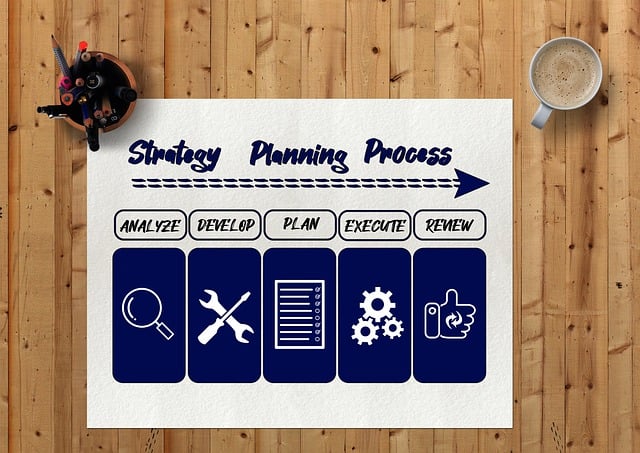Money Matters Part 3: Teaching Teens about Smart Spending
Money Matters Part 3
Smart Spending: Teaching Teens to Differentiate Between Needs and Wants
Welcome back to our series on teaching personal finance to teenagers!
Last week, we learned about the budgeting basics and how to create a budget. This week, we’re shifting our focus to smart spending and helping teens differentiate between needs and wants.
In this article, we’ll explore practical strategies for teaching teens to make wise spending decisions and prioritize their financial goals.
One of the most important lessons we can teach our teens about money management is the difference between needs and wants.
Needs are essential for survival and well-being, such as food, shelter, and clothing, while wants are things we desire but can live without, such as the latest gadgets or designer clothes.
By helping teens differentiate between needs and wants, we can empower them to make smart spending decisions and prioritize their financial goals.
When teaching teens about needs and wants,
- Start by defining each term and providing examples of each.
- Encourage them to think critically about their own spending habits and identify items that fall into each category.
- Challenge them to evaluate whether their purchases are driven by genuine needs or simply wants, and to consider the long-term implications of their spending decisions.
Once teens understand the difference between needs and wants,
- Encourage them to prioritize their financial goals and allocate their money accordingly.
- Remind them that while it’s okay to indulge in occasional wants, it’s important to balance them with their needs and savings goals.
- Teach them to set aside a portion of their income for savings and emergencies
- Guide them to think carefully before making impulse purchases or splurging on non-essential items.
Engagement Tip: Take your teen on a “needs vs. wants” scavenger hunt at the grocery store or mall. Challenge them to identify items that fall into each category and discuss why certain purchases are essential while others are optional. By making the learning process hands-on and interactive, you’ll help your teen internalize the concept of needs and wants and apply it to their own spending habits.
Conclusion
Teaching teens to differentiate between needs and wants is a crucial step in helping them develop smart spending habits and prioritize their financial goals. By empowering them to make wise spending decisions and resist impulse purchases, we can set them on the path to financial independence and success.
Sneak Preview of Part 4: Saving and Investing
Saving and investing are essential components of effective money management, and they’re key to building long-term wealth and financial security.








